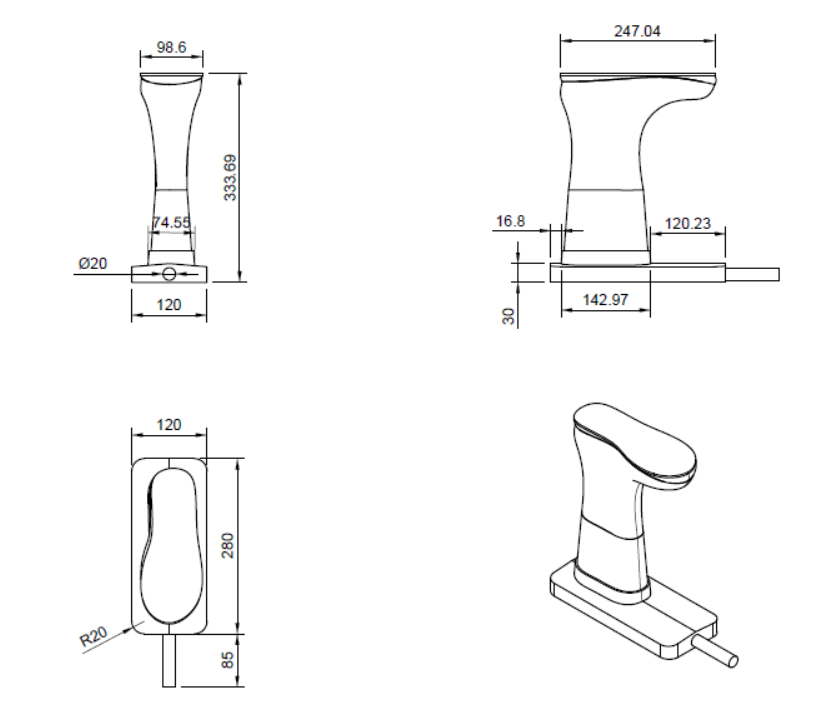An Application of Computer-aided Engineering on Heat Transfer in a Mold for Natural Rubber Boot Production
DOI:
https://doi.org/10.37934/aram.124.1.113126Keywords:
Natural rubber boots, Rubber Injection Molding, Finite element analysis, Heat transfer in mold, rubber mold designAbstract
The production of natural rubber boots refers to the process of manufacturing boots using natural rubber as the primary material. The manufacturing process involves injecting natural rubber into a mold to shape and size the boot. The molded boots are then cured and finished with other materials, such as fabric linings, soles, and straps. Natural rubber boots are popular for outdoor activities, work, and fashion. The purpose of this research is to develop a computer-aided engineering analysis simulation tool for heat transfer in the injection mold of rubber boot products. In this study, a finite element model was created to reduce the preheating time of the mold during the injection molding process, thus increasing production capacity. The first step was to design the mold used in the current factory, followed by an analysis of the heat transfer in the rubber mold. Finally, the position of the heater cartridges was fixed based on the analysis results. FEA was performed to improve the rubber mold, and experiments were conducted to validate the FEA. The results showed that the FEA was in good agreement with the experimental results, specifically with the temperature analysis.The time required for the heater cartridge to preheat the rubber boot mold is 35 minutes, down from 120 minutes, representing a percentage improvement of 70.8. The heat transfer values obtained at each location have an error of less than 10%, which is a good result for the calculated model. We propose an optimal design method for arranging cartridge heaters in rubber boot injection mold to improve the mold design, specifically on the mold outer surface.
Downloads



























